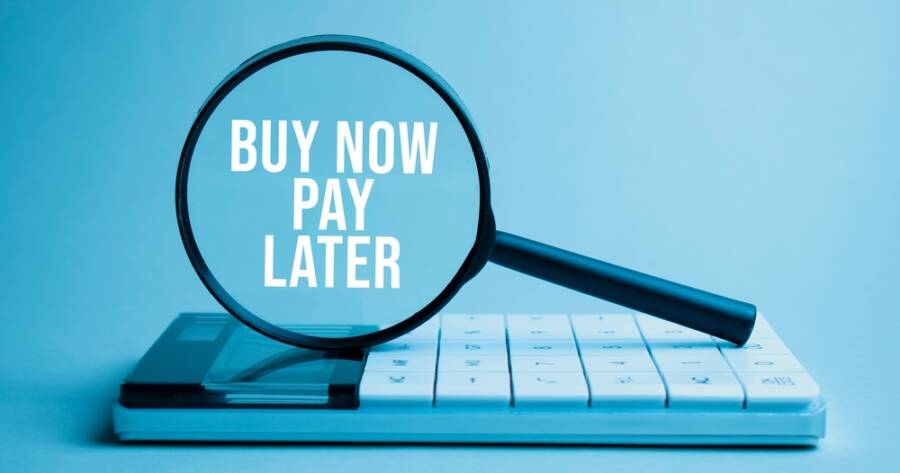The evolving Buy Now, Pay Later (BNPL) services transform consumer finance by enabling immediate purchases with postponed payments. While fueling accessibility, these services also pose risks like debt and hidden fees. Navigating regulatory impacts and financial management strategies is crucial as consumers evaluate BNPL against traditional credit options. Explore how this innovation impacts purchasing power and financial planning.
Buy Now, Pay Later: Exploring the Convenience
The rise of Buy Now, Pay Later (BNPL) services has drastically altered the landscape of consumer finance. Offering a seamless credit option, BNPL allows consumers to purchase products immediately and pay the cost over several installment periods without the immediate burden of interest charges , as provided by services like Affirm and Klarna. This increasingly popular model attracts those who might not readily qualify for traditional credit lines, such as individuals with low credit scores or limited credit history , making it an appealing option for some consumers.
In addition to their utility for immediate purchases, BNPL services offer flexible payment arrangements. Consumers can often select installment plans that fit within their budgetary limits, giving them greater control over their financial management . By saving them from high-interest credit card debts, BNPL services present an alternative route for managing both large and unforeseen expenses efficiently.
Understanding BNPL Risks
While the benefits are notable, BNPL services are not without their risks. The convenience offered can lead to overspending and accumulating more debt than a consumer might initially anticipate. The potential for abusive borrowing emerges particularly when individuals inadvertently open multiple lines of BNPL credit, resulting in financial overextension , as reported in recent findings.
Moreover, late payments on BNPL agreements can incur substantial fees, sometimes up to 25% of the purchase value , making it crucial for consumers to adhere to payment schedules. Additionally, the lack of consistent credit reporting can obscure an individual’s true credit risk, as most BNPL services do not report usage to credit bureaus, with few exceptions , further complicating financial assessments.
Regulatory and Economic Considerations
Given the potential for financial pitfalls, regulatory bodies like the Consumer Financial Protection Bureau (CFPB) have begun to scrutinize the BNPL model more closely. They aim to implement measures that will safeguard consumer rights, similar to protections traditionally afforded by credit card agreements, including the opportunity to dispute transactions and demand refunds , as seen in the upcoming regulatory changes.
The BNPL market’s rapid expansion is prompting providers to adapt their risk management and compliance strategies to meet these new challenges. This includes aligning service operations with applicable federal and state laws while crafting sustainable business models for future growth , as recommended by industry experts.
Financial Planning and Consumer Responsibility
For consumers, the appeal of BNPL lies in accessibility and the potential savings compared with traditional high-interest credit cards. However, careful consideration and planning are imperative to leverage such services effectively without falling into debt traps. Financial literacy plays a crucial role in understanding the fine print of these agreements, avoiding hidden fees, and keeping track of payment schedules , critical steps emphasized by financial advisors.
In light of BNPL’s growing presence in e-commerce, consumers are advised to meticulously evaluate financing options, matching them to their unique financial scenarios. Comparing BNPL with traditional methods, such as credit cards or personal loans, can result in improved budgeting and financial health , a cautious approach defended by consumer reports.
Why You Should Learn More About BNPL Today
Buy Now, Pay Later services are reshaping consumer finance, offering an innovative way to manage purchases. While they provide significant convenience and flexibility, understanding the intricacies and potential drawbacks is essential. Whether pondering a BNPL agreement or exploring alternative credit solutions, consumers stand to benefit from greater financial literacy and planning strategies. By staying informed and weighing all options, individuals can maximize the advantages of these financial tools, ensuring they do not become a convenient path to unintended debt.

